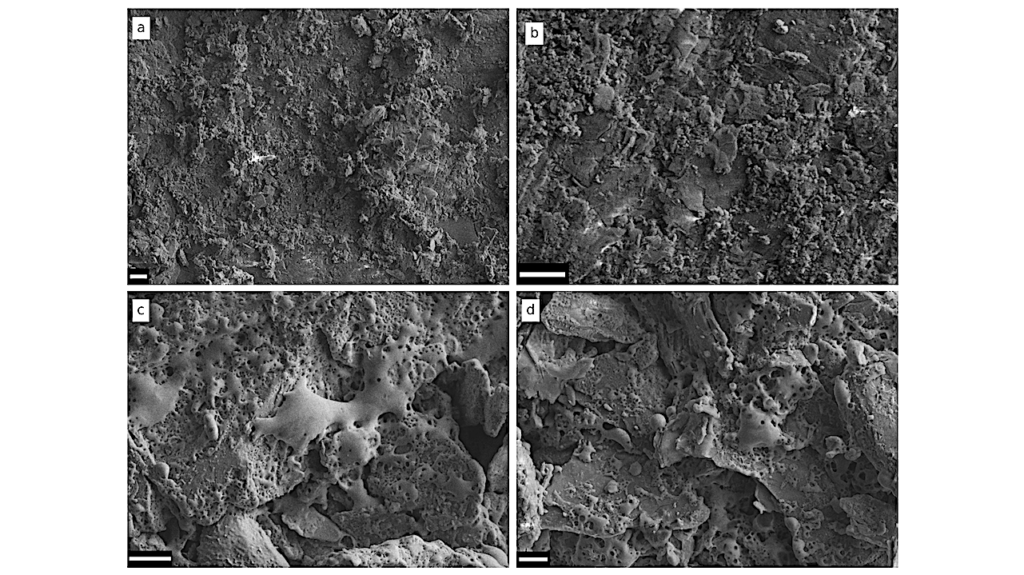A 3mm Chemical Exploration Of Small Organics In Class I YSOs

There is mounting evidence that the composition and structure of planetary systems are intimately linked to their birth environments. During the past decade, several spectral surveys probed the chemistry of the earliest stages of star formation and of late planet-forming disks.
However, very little is known about the chemistry of intermediate protostellar stages, i.e. Class I Young Stellar Objects (YSOs), where planet formation may have already begun. We present here the first results of a 3mm spectral survey performed with the IRAM-30m telescope to investigate the chemistry of a sample of seven Class I YSOs located in the Taurus star-forming region.
These sources were selected to embrace the wide diversity identified for low-mass protostellar envelope and disk systems. We present detections and upper limits of thirteen small (Natoms≤3) C, N, O, and S carriers – namely CO, HCO+, HCN, HNC, CN, N2H+, C2H, CS, SO, HCS+, C2S, SO2, OCS – and some of their D, 13C, 15N, 18O, 17O, and 34S isotopologues. Together, these species provide constraints on gas-phase C/N/O ratios, D- and 15N-fractionation, source temperature and UV exposure, as well as the overall S-chemistry.
We find substantial evidence of chemical differentiation among our source sample, some of which can be traced back to Class I physical parameters, such as the disk-to-envelope mass ratio (proxy for Class I evolutionary stage), the source luminosity, and the UV-field strength. Overall, these first results allow us to start investigating the astrochemistry of Class I objects, however, interferometric observations are needed to differentiate envelope versus disk chemistry.
Romane Le Gal, Karin I. Öberg, Jane Huang, Charles J. Law, François Ménard, Bertrand Lefloch, Charlotte Vastel, Ana Lopez-Sepulcre, Cécile Favre, Eleonora Bianchi, Cecilia Ceccarelli
Comments: 27 pages, 17 figures, 4 tables, accepted for publication in ApJ
Subjects: Solar and Stellar Astrophysics (astro-ph.SR); Earth and Planetary Astrophysics (astro-ph.EP); Astrophysics of Galaxies (astro-ph.GA)
Cite as: arXiv:2006.12526 [astro-ph.SR] (or arXiv:2006.12526v1 [astro-ph.SR] for this version)
Submission history
From: Romane Le Gal
[v1] Mon, 22 Jun 2020 18:00:48 UTC (1,145 KB)
https://arxiv.org/abs/2006.12526
Astrobiology, Astrochemistry








